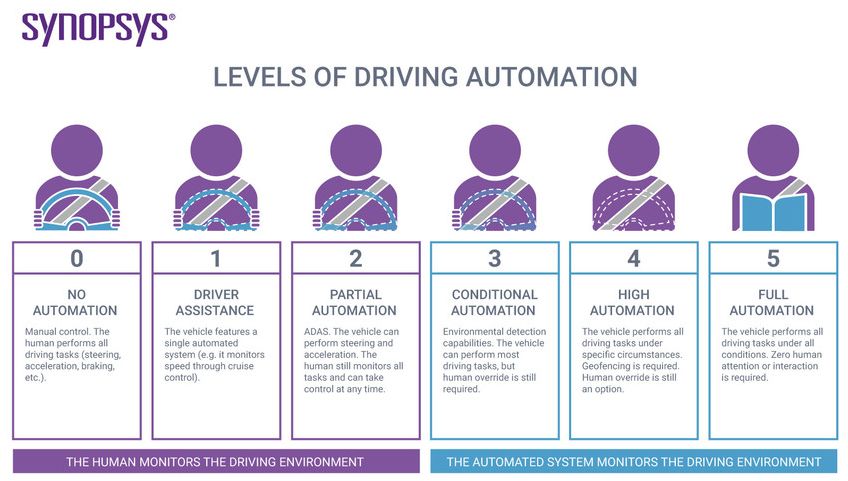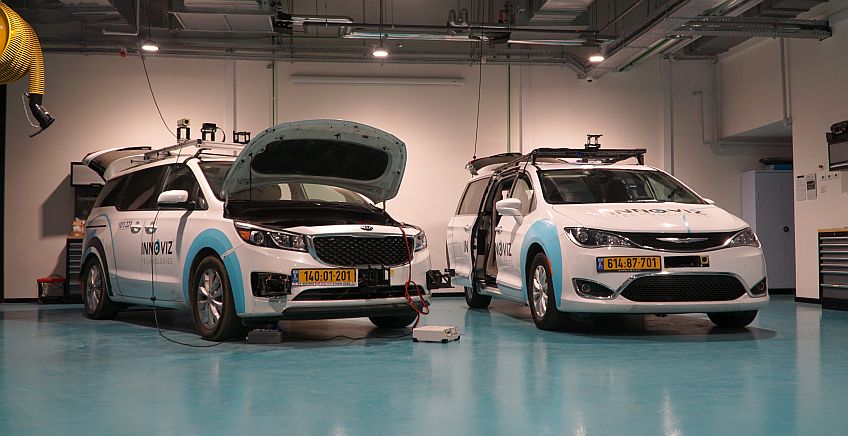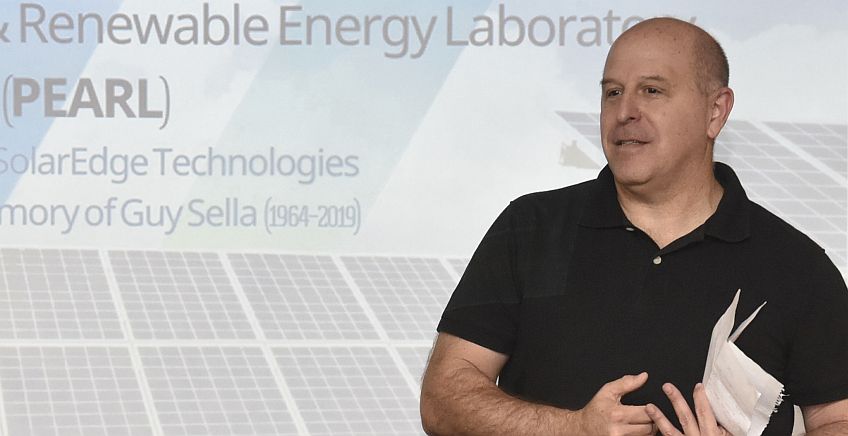How Autonomous Chip Design Impacts Engineering Jobs
29 September, 2021
Synopsys blog: You should be less concerned about your job going away and possibly more concerned about an AI-savvy person doing your job better

Sponsored by Synopsys. By By Mike Gianfagna, Synopsys
The concept of technology advances taking away jobs isn’t new. In 1908, the Model T was developed. In its first year of production the Ford Motor Company sold over 10,000 of them. As a result of this trend, the horse and buggy industry slowly became a specialty item, as it is today. Many jobs were lost in the process. You’ve probably heard a joke or two about comparing something out-of-date to a buggy whip.
As is typically the case with a story like this, there is more. First, a huge number of jobs building, selling, and maintaining automobiles was created. The supply chain for gasoline is a whole story by itself. Another aspect of any story like this is adaptation. Some parts of the horse and buggy industry adapted. Some didn’t.
In this post, which was originally published on the “From Silicon to Software” blog, I’ll explore this phenomenon as it applies to chip design – will autonomous design take your job away? But first, the following quote from the link provided is worth repeating with respect to adaptation:
Timken Company’s signature product, roller bearings, were first used in wagon wheels in the 1890s. They easily adapted to the automobile because they could be applied “to nearly anything that moved.” Timken remains a market leader to the present day.
What Is Autonomous Chip Design?
At first glance, it’s natural to link autonomous design to autonomous driving. The ultimate goal of autonomous driving is to produce an ecosystem where self-driving cars and trucks can actually work. This is Level 5 for the geeks out there. Below are the definitions of the various levels of autonomous driving, courtesy of Synopsys.

The result of Level 5 deployment is that driving will become a specialty item, similar to the horse and buggy. I personally think this will occur, but it will take longer than anyone thinks. Substantial regulations and infrastructure are needed for this process to become commonplace. It turns out the actual task of driving isn’t all that complex, especially when you remove “human unpredictability” from cars and trucks.
This is where autonomous driving and autonomous chip design begin to diverge. In this context, a “chip” is actually a collection of chips and complex software all interacting in a highly integrated and dense form factor. Potentially billions of transistors all working together, in some way, to perform incredibly sophisticated tasks that include many algorithms to implement AI and machine learning. The possible configurations and outcomes are vast. A closed-form, fully automated solution to this design problem is very remote. What is real, however, is cutting the problem down to size.
Designers can focus on what they do best
I discussed one example of AI assistance in my prior blog post. In that post I mentioned a solution based on reinforcement learning called DSO.ai. This technology autonomously searches design spaces for optimal solutions. By applying AI to chip design workflows, DSO.ai facilitates a massive scaling in the exploration of choices while also automating a large volume of less consequential decisions. In other words, it helps the designer find the best solution for implementation. Nobody loses their job in this scenario, they just get to do a better job, which is good for everyone.
In that prior post I also talked about intelligent test selection and machine learning-assisted library characterization. AI also finds application in many other areas, from process optimization to physical design and security analysis and optimization. All of these technologies aim to find problems faster, identify opportunities for optimization, and generally perform highly detailed analysis, allowing the designer to focus on what they do best.
A Brief Look at History
By now, you should be less concerned about your job going away and possibly more concerned about an AI-savvy person doing your job better. That’s nothing but opportunity. If you look at a historical perspective of automation and jobs, the data actually paints a bright picture. There will be a need to adapt and change with the times. But when has that not been the case?
For further reading, check out this piece from the World Economic Forum, which discusses the impact of automation creating new job opportunities. New jobs come directly from the need to manage, maintain, and enhance new automation tools as well as new products and services in the ecosystem that result from the automation.
The bottom line is, don’t be afraid of change; it’s just another form of opportunity. The deployment of AI is happening rapidly all around us. You will be hearing more about chips that have been built with AI. The designers who used the AI technology will be telling those stories.



